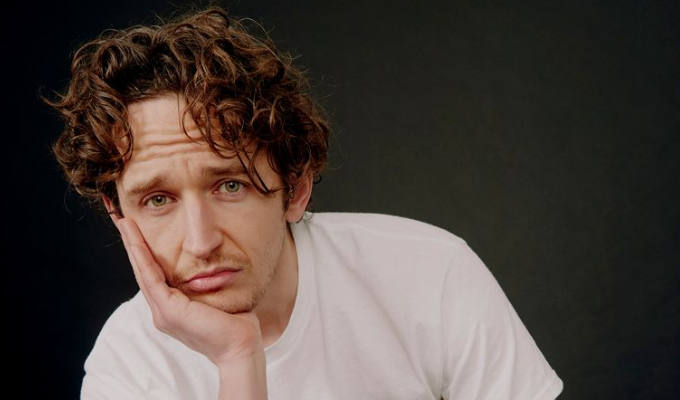Mind your language...
Katy Shaw on the linguistics of comedy
EB White said something to the tune of: ‘Analysing comedy is like dissecting a frog. Few are interested, and the frog dies of it’.
Yet a body as august as the British Library is hosting its first comedy conference next week, titled What’s So Funny? The Languages of Comedy, it features the likes of Barry Cryer, Arthur Smith, Richard Herring, Tim Vine, Robin Ince, and Bill Dare exploring how the language of comedy has developed.
While industry-specific, closed-shop comedy conferences have witnessed a significant growth over the past decade, so-called ‘academic’ comedy conferences have been attacked for dryly dissecting the art form and, in the process of doing so, killing it. Conscious of these criticisms (and largely sympathetic to them) the curators of the British Library conference – including myself – decided to involve a broader cross section of the comedy industry.
Like many pleasures, comedy is an intensely subjective art form - it can be truth or lies, fact or fiction, reality or fantasy, it can come from the subconscious, from places where we are not really looking for it, or from surprises and revelations; it can be offensive or shocking, a home-truth or a political statement.
The languages of comedy have a recognised structure, established phrases and familiar intonations. As mechanisms, its jokes are not born fully formed, they are moulded, edited, re-drafted and crafted until each word, each phrase is economised to maximise its function of initiating a desired response. As an evolving system, the languages of comedy are governed and enabled by a vast variety of linguistic rules that must be mastered and manipulated to inspire laughter.
Academic ‘theories’ of comedy suggest that the languages of laughter falls into three distinct categories. Popular since the philosophical traditions of the 18th century, ‘superiority theory’, suggests that the languages of comedy are most regularly used when we want to feel above the people around us, to distance ourselves or assert authority over others. Alternatively, ‘relief theory’, first suggested by Freud’s in his 1905 text Jokes And Their Relation To The Unconscious, offers the languages of laughter as a vent to our repressed energies and unconscious desires. The languages of comedy present us with the familiar made suddenly strange, the familiar de-familiarised and rendered surreal in the process. Humour as a moment of liberation from self-control thereby mobilises notions of the ‘uncanny’. All very well and good, but, as Ken Dodd famously put it, ‘Freud never had to play the old Glasgow Empire on a Saturday night after Rangers and Celtic had both lost.’
Finally, ‘incongruity theory’ argues that comedy lies not at junctions but at disjunctions of language, at those uncertain spaces between our expectation of how things and the reality of how they really are. From the ‘rule of three’ and the ‘pull back and reveal’ to the wonderful world of puns and double entendres, linguistic inversion is central to the phenomenology of jokes, with tension-dissipating punch-lines delivering classic examples of comic relief. Like crap Christmas presents, jokes encourage their audience to expect one thing and present them with another.
Any study of the language of comedy is only as good as its examples, which is why the British Library’s comedy conference, in association with the University of Brighton, offers a headliner-heavy bill to concerns such as the death of camp, the censorship of the languages of comedy and the challenging preconceptions within the cultural relativism of the genre. And since any joke is only every as good as its audience, all are welcome to attend. Even frogs.
- Dr Katy Shaw is senior lecturer in English Literature at the University of Brighton. Click here for full details of What’s So Funny? The Languages Of Comedy.
Published: 14 Jan 2011






